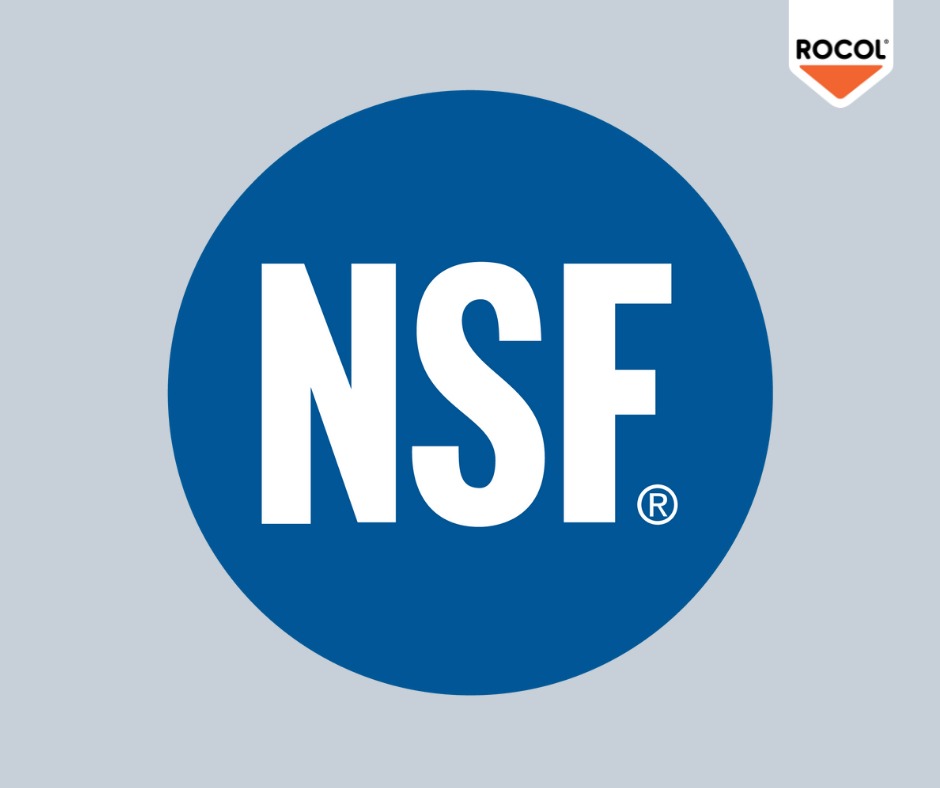Blog
- Super User
- General Knowledge
- Hits: 2071
Food Grade Categories

This understanding also becomes especially important for lubricants manufacturers with non-food compounds that may incidentally come in contact with food processing areas. In knowing the different types of lubricants used in a facility, managers can then monitor the location and application of the lubricants as part of their food safety strategy.
According to US code of Federal Regulations (CFR), H1 lubricants are food-grade lubricants used in food-processing environments where there is a possibility of incidental food contact. H1 lubricants are much more limited because they are designed to allow for an accidental exposure only, and its either mineral or synthetic.
H2 lubricants are food-grade lubricants used on equipment and machine parts in locations where there is no possibility of contact. H2 lubricant base stock guidelines are less restrictive and, consequently, allow a broader variety of base stocks.
H3 lubricants are food-grade lubricants, typically edible oils, used to prevent rust on hooks, trolleys and similar equipment.
Approval and compliance were, in the past, the responsibility of the USDA. The agency is considered as an internationally renowned authority on consumer safety issues with regards to the food-processing industry. To gain USDA approval, lubricant manufacturers had to prove that all the ingredients in the formulation were allowable substances. This did not include lubricant testing; rather the approval was based primarily on a review of the formulation ingredients of the lubricant. The National Sanitation Foundation (NSF) has evolved globally to succeed the USDA. NSF is conceived and administered as a public service organization, serving as an independent and neutral body to resolve issues between regulatory bodies, business, industry and the public, so it turns out that understanding the differences between H1, H2 and 3H lubricants and making the proper lubricant selection are critical to food safety and machine reliability.
As an additional source, NSF’s Web site provides lubricant requirements for food-grade products and gives a free access listing of certified food-grade lubricants at www.nsf.org







